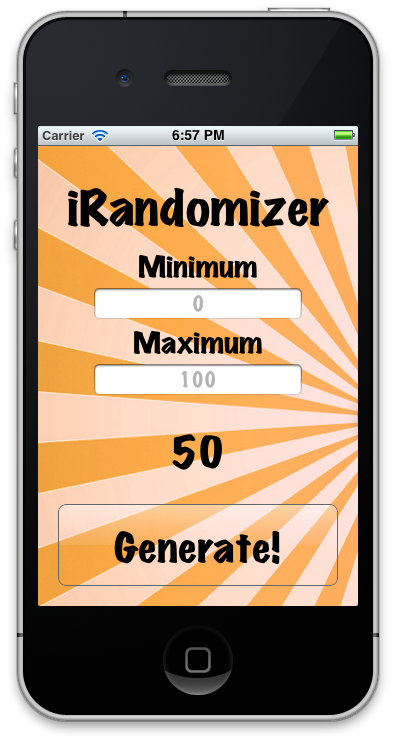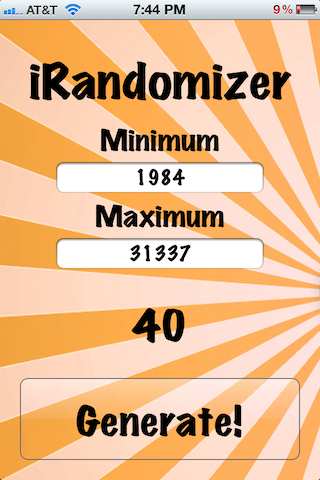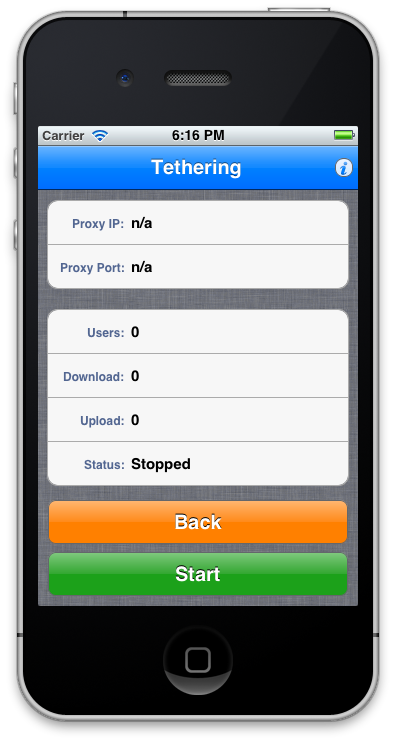In early 2012, I released an iPhone application that secretly contained tethering functionality.
The application reached the #2 paid app position in the App Store and made over $20,000 before being removed.
Here’s the story.
The Idea
On a December day in 2011, an iPhone app made headlines when it quickly rose to the top of the paid App Store rankings in less than two hours. According to the article, there were only a handful of other apps that had achieved such rapid success in the App Store’s history, reaching the top one or two spots in a similar amount of time.
What truly astonished me was not the fact that this iPhone app reached the top paid position on the App Store in such a short time, but rather that there had only been three other apps that had ever attempted such a feat. If these few apps were able to rise to the top so quickly, why hadn’t anyone else tried it? The answer, as you may have suspected, is because it goes against Apple’s developer agreement.
All of the applications contained the same feature: Tethering.
Tethering is a feature that enables you to share the network connection from your mobile device to your laptop or desktop computer. Tethering is barred from the iOS App Store. The reasons why aren’t 100% clear, but, in Apple’s own words, are due to “causing excessive or unduly burden on a carrier’s network” – in other words, carriers lose money.
Although Apple strictly forbids tethering functionality on the App Store, many carriers now include it in their unlimited plans. Back in 2012, tethering allowed users to skirt carrier fees and bypass extra costs associated with the feature on a mobile plan, which could help save a lot of money.
The Execution
I gathered as much information as I could about tethering and previous tethering applications.
I discovered that there were actually a total of five public iPhone apps that offered tethering capabilities. However, only two of these apps were approved by Apple for sale as tethering apps: NetShare and iTether. Among these, iTether was the only one that also had a desktop application to assist users in connecting.
The remaining three applications that snuck in were a mix match of utility applications, with varying degrees of functionality:
- Handy Light - a simple flashlight
- QuasiDisk - a file manager
- Payupsucker – a note taker
These applications utilized either a proxy, or in the case of iTether, a reverse SSH tunnel. In researching, there are many ways to tether a network connection. In no particular order, you could:
- Utilize a SOCKS proxy
- Develop a mobile hotspot solution over Wi-Fi or Bluetooth
- Reverse SSH tunnel over USB
Any developer can create an application with tethering functionality. In fact, there were two open-source iPhone applications available in 2011: “iPhone-SOCKS-proxy” and “Tabi”.
Inspired by “iPhone-SOCKS-proxy”, I put all of my other projects on hold and set out to create a tethering application. In two days, I crafted a very basic SOCKS proxy tethering application. I plugged in my iPhone to test the application and, to my surprise, it actually worked!
iRandomizer Numbers
Thus, the application “iRandomizer Numbers”.
![]()
iRandomizer Numbers cost a whopping $4.99. Quite a bit for a simple utility application.

To be safe, the tethering feature hid behind a self-contained password in the application input.

Another dreadful fart app in the world of “pull my finger”.

Within a week, even with the same name, icon, and functionality as my free application “iRandomizer”, iRandomizer Numbers was accepted into the App Store.
Less than a week after its release, the feature in question was leaked onto a public forum and quickly gained attention. A few days later, a reporter contacted me for a statement. I confirmed that the app contained the feature and stated that I planned to keep it available until Apple removed it. The story was published that evening and the app’s sales soared.
iRandomizer Numbers skyrocketed to the top #40 paid application spot, rapidly surpassing other top applications and finally getting to the #2 Paid position in the App Store. Downloads were up from 0 sales a day to 40, 100, and into the thousands.
Removed from sale
After over 5,000 purchases in one day, with sales totaling over $20k, iRandomizer Numbers was officially removed from the App Store.
Aftermath
The following week, I received a phone call from a member of the App Store Review Team.
The employee expressed extreme displeasure about the application. I was told, in no uncertain terms, that I would be lucky to retain my developer account and that additional app reviews would be more thorough. The application was removed from sale due to:
- Excessive bandwidth usage
- Hidden features
That’s the story of iRandomizer Numbers.
